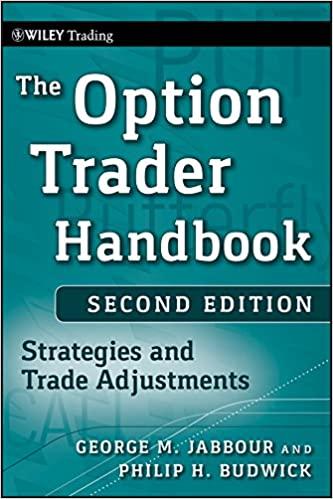please answer all 4 if possible (as stated in guidelines) thank you so much!!
Question 20 (1 point) Listen Johnson Industries finances its projects with 40 percent debt, 10 percent preferred stock, and 50 percent common stock. The company can issue bonds at a yield to maturity of 6.5 percent. The cost of preferred stock is 8 percent. The company's common stock currently sells for $34 a share. The company's dividend has just paid $2.00 a share (Do = $2.00), and is expected to grow at a constant rate of 6 percent per year. Assume that the flotation cost on debt and preferred stock is zero, and no new stock will be issued. The company's tax rate is 30 percent. What is the company's weighted average cost of capital (WACC)? Express your answer in percentage (without the % sign) and round it to two decimal places. Your Answer: Answer Question 21 (1 point) Listen Rollins Corporation is estimating its WACC. Its target capital structure is 20 percent debt, 20 percent preferred stock, and 60 percent common equity. Its bonds have a 6.8 percent coupon, paid semiannually, a current maturity of 20 years, and sell for the value, $1,000. The firm's marginal tax rate is 33 percent. What is Rollins' component after-tax cost of debt? Express your answer in percentage (without the % sign) and round it to two decimal places. Rollins Corporation is estimating its WACC. Its target capital structure is 20 percent debt, 20 percent preferred stock, and 60 percent common equity, Rollins' beta is 1.7 the risk-free rate is 4 percent, and the market risk premium is 4 percent. Rollins is a constant-growth firm which just paid a dividend of $2.00, sells for $33 per share, and has a growth rate of 4 percent. The firm's policy is to use a risk premium of 5 percentage points when using the bond-yield-plus-risk-premium method to find rs. The firm's marginal tax rate is 40 percent. What is Rollins cost of equity when using the DCF approach? Express your answer in percentage (without the % sign) and round it to two decimal places, Your Answer: Answer Question 23 (1 point) Listen An analyst has collected the following information regarding Christopher Co.: The company's capital structure is 70 percent equity, 30 percent debt. The yield to maturity on the company's bonds is 5 percent. The company's year-end dividend (D) is forecasted to be $0.8 a share.. The company expects that its dividend will grow at a constant rate of 4 percent a year. The company's stock price is $25. The company's tax rate is 40 percent. The company anticipates that it will need to raise new common stock this year. Its investment bankers anticipate that the total flotation cost will equal 10 percent of the amount issued. Assume the company accounts for flotation costs by adjusting the cost of capital. Given this information, calculate the company's cost of new equity. Round it to two








